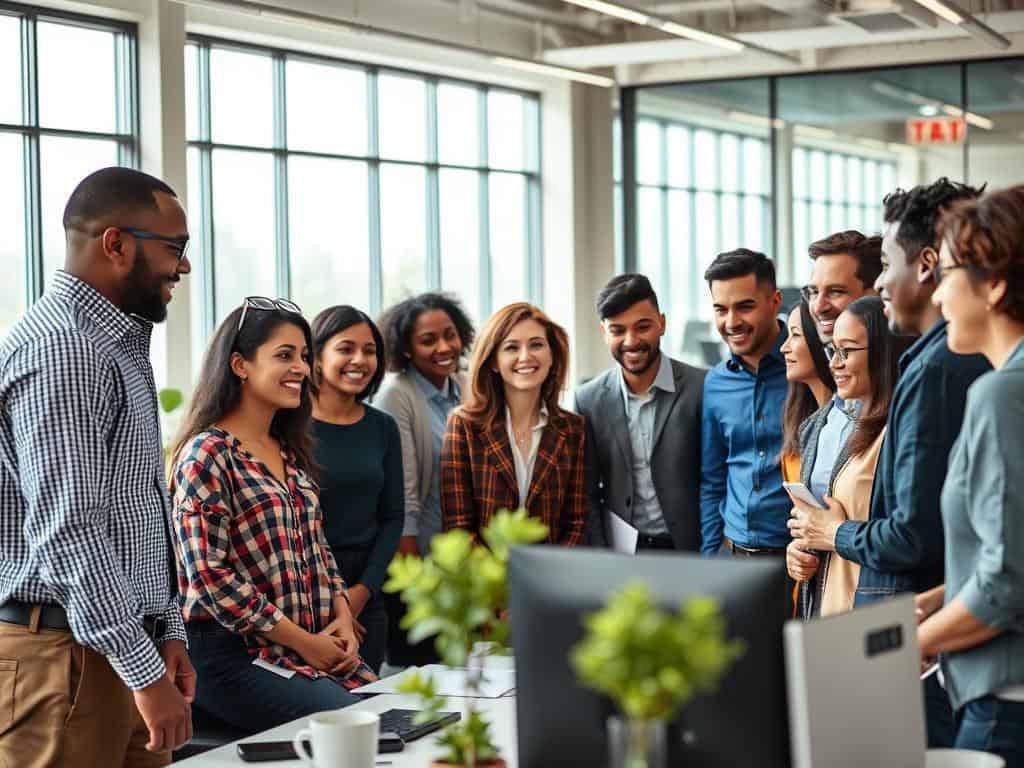While I browse my social media, I stop and think. Has social media turned our connections into just shadows of what’s real? Places like Meta’s Facebook and Instagram, along with X and YouTube, quickly became a big part of my life. I miss when meeting friends was in person, not online.
The digital age has definitely changed what we value. It makes us wonder if we’re losing what’s real for our online versions. So, is this change helping us or making real connections harder?

Key Takeaways
- Social media profoundly influences our real-life interactions.
- Platforms like Facebook and Instagram shape cultural values and norms.
- Connections often exist more in the digital realm than face-to-face.
- Personal online personas can differ significantly from real-life identities.
- Understanding these dynamics is crucial as we navigate our social lives.
- Engagement in social trends can enhance or deter genuine human connections.
Understanding the Impact of Social Media on Real-Life Interactions
When we look at how talking to each other has changed, we need to think about the past. Before we could go online, people met up in person, talked on the phone, or wrote to each other. These old ways helped people make strong friendships and feel like they belonged to a community.
Back then, chats were full of detail and feelings. You had to show how you felt right there and then. This helped create a real sense of togetherness.
Historical Context of Social Interactions
Then the internet arrived and changed how we connect. Email and instant messages started to replace old ways of keeping in touch. As online life grew, so did social media, changing how fast we could talk to each other.
This new way of talking has changed our relationships too. Now, we can easily keep in touch with family and friends all over the world.
The Role of Platforms
Social media isn’t just for sharing photos or updates. Sites like Facebook, Twitter, and Instagram shape what we think is normal and how we act as a society. They help start online groups that share ideas and even spark movements.
This big change in how we talk and share ideas goes beyond just one country. It makes us think and act in new ways in our everyday lives. Social media has become a key part of how we talk to each other today.
The Social Media Lifestyle: Benefits and Detriments
Social media’s impact on our lives is huge. Though it often gets a bad rap, it also brings a lot of good into our daily routines. It lets us share our creative ideas, boosts our mental health, and makes it easier to connect professionally. These plus points show how social media can change lives for the better when we use it wisely.
Positive Aspects of a Social Media-Centric Life
For me, social media has been a way to unleash creativity and forge connections. Through different platforms, I’ve found many chances to express myself. Research backs up how sharing stories or artsy attempts can make us feel more connected. This sense of belonging, through likes and comments, can make us happier and healthier mentally. Plus, it’s become much simpler to network for work thanks to sites like LinkedIn. This platform changes how we look for jobs, letting us reach out to industry bigwigs and see new job options.
Negative Consequences of Over-Engagement
But, we can’t ignore the downsides of too much social media. Spending too much time online can cause real problems, like cyberbullying and feeling anxious in social settings. Trying to look perfect online often leads to more stress and trouble mixing with people offline. Lots of research links too much social media with worse mental health. Cyberbullying is a big issue too, hitting users of all ages. So, it’s key to be mindful as we tread through the virtual world. The bad can easily outweigh the good if we’re not careful.

Conclusion
We are living in a transformative era due to social media like Facebook, Instagram, and Twitter. They have changed the way we talk and relate to each other. This leads to big cultural changes in our society. My study of social media’s good and bad sides shows a complex scene. Here, connection and isolation happen together often.
These platforms let us make new kinds of connections. Yet, they can lessen real, face-to-face talks. People might get too caught up in the virtual world. This leads to them drifting away from real-life friends. I see the big need to use social media in a healthier way. Keeping a balance between our online and offline social lives is key. This helps keep our relationships meaningful.
We can only guess what social life will look like as technology gets better. Social media’s growth will keep changing how we connect in ways hard to imagine. We must be aware of how these platforms affect what we do and value. We should work towards a society that keeps real communication important, even as we go digital. This will make sure we use the positive aspects of social media. But, we will not lose the depth of our in-person interactions.


